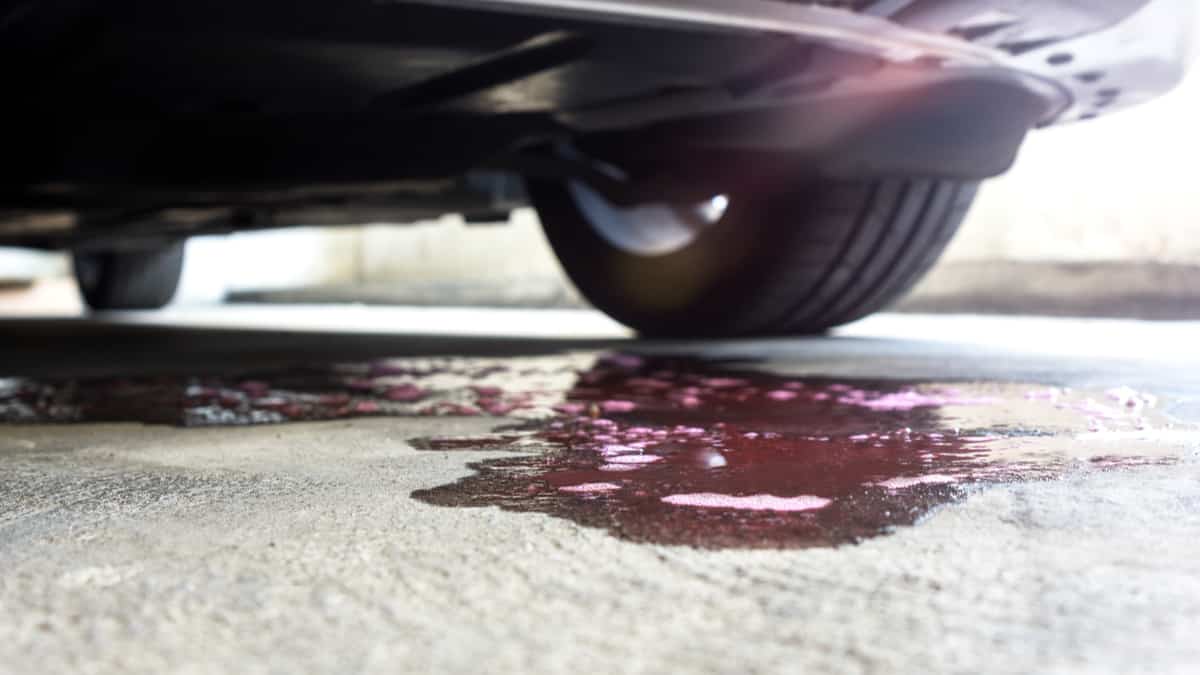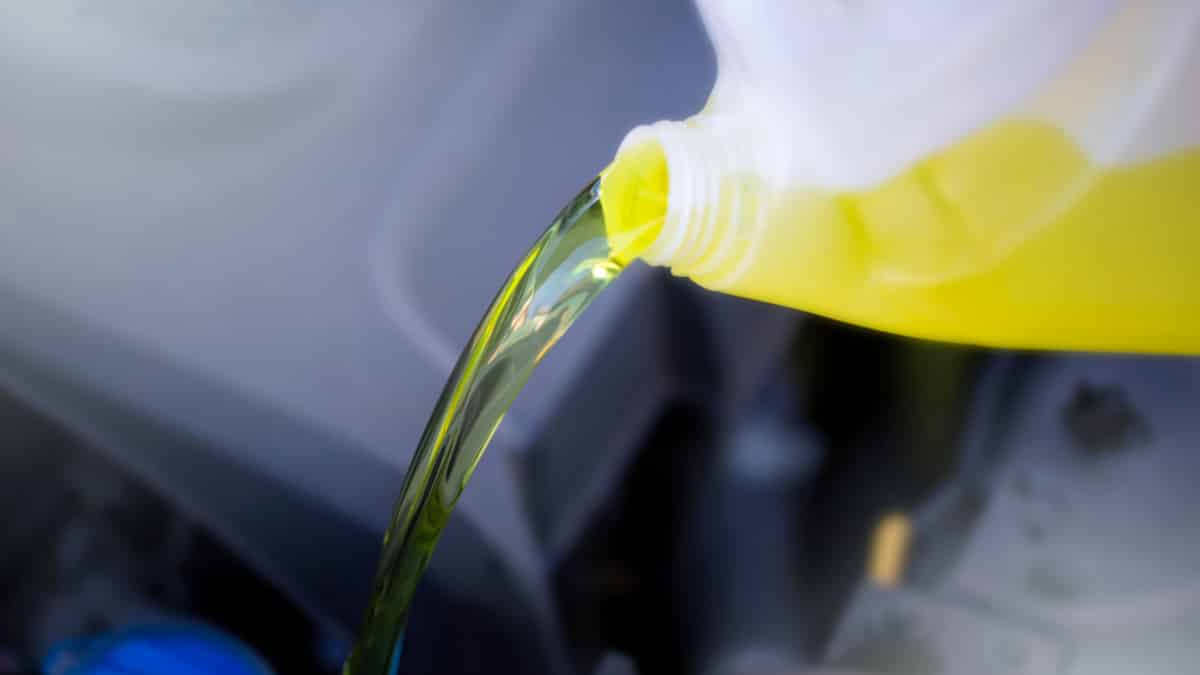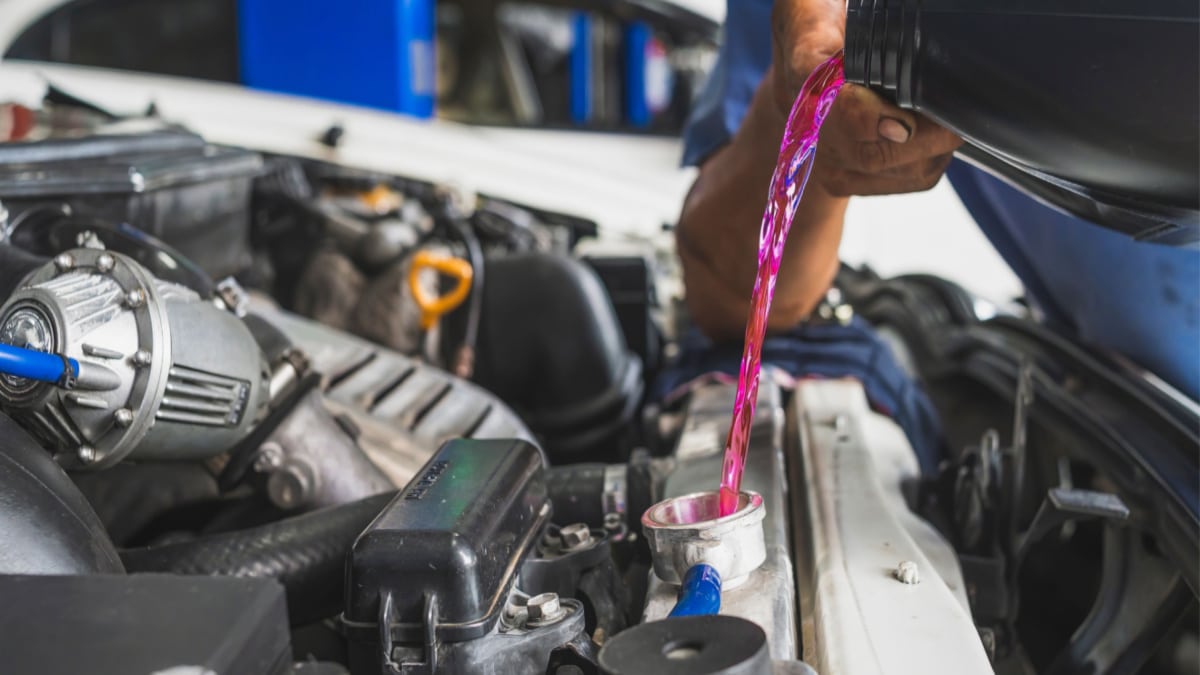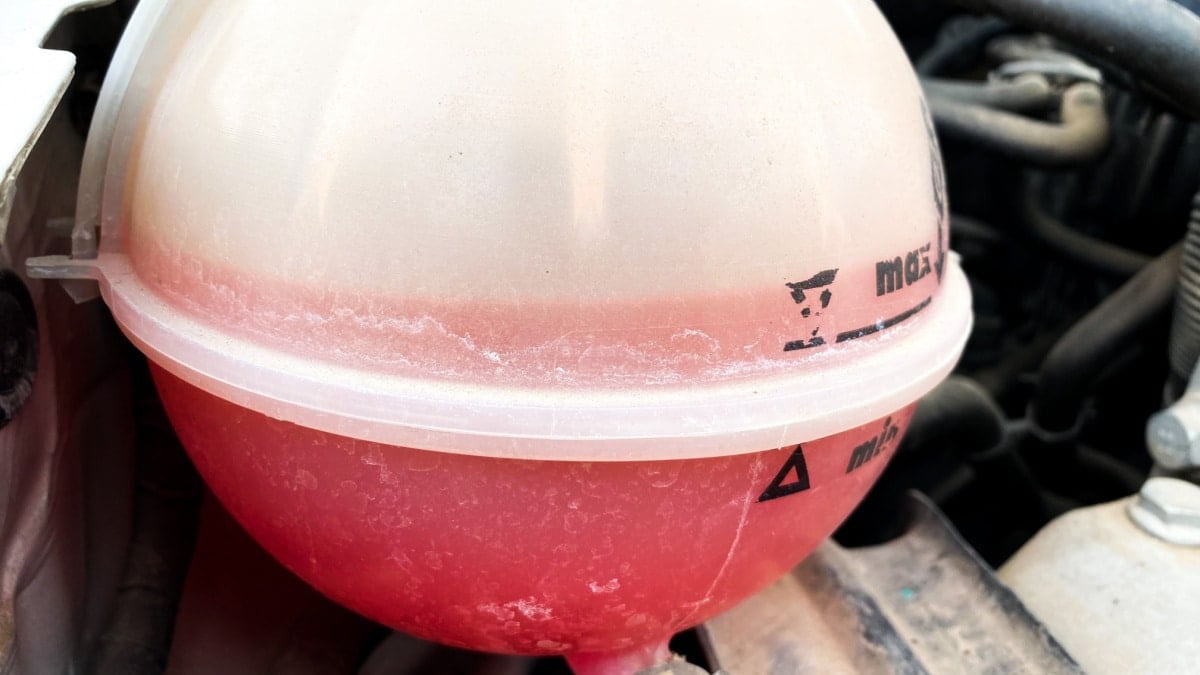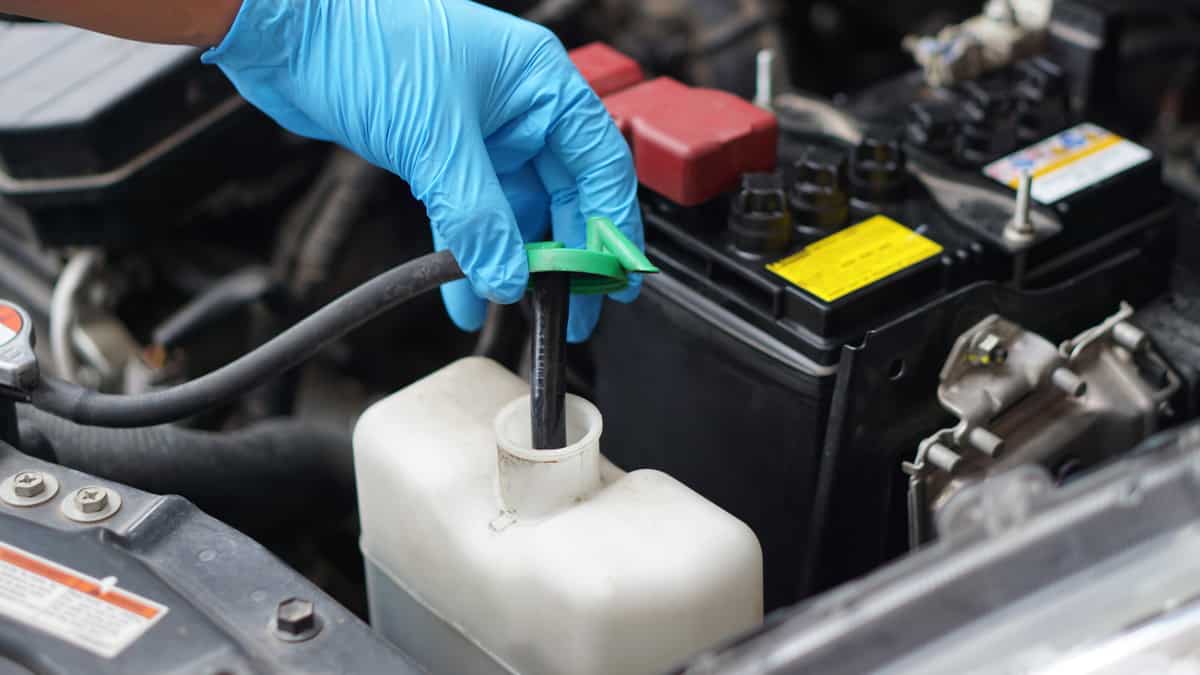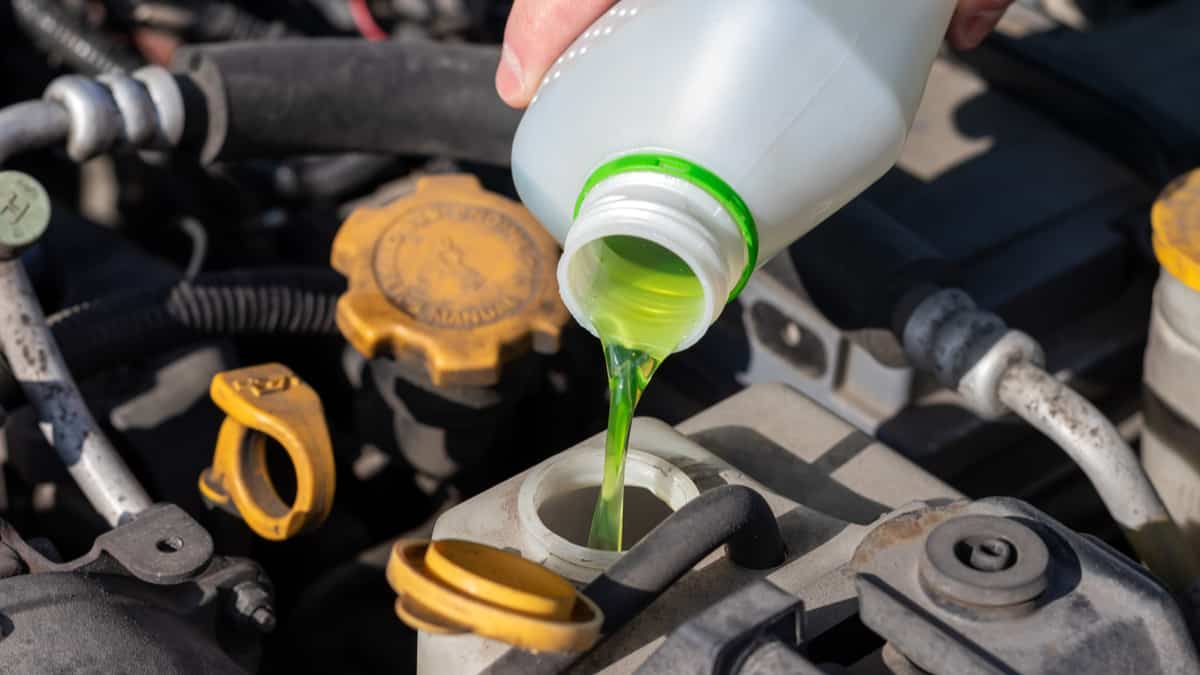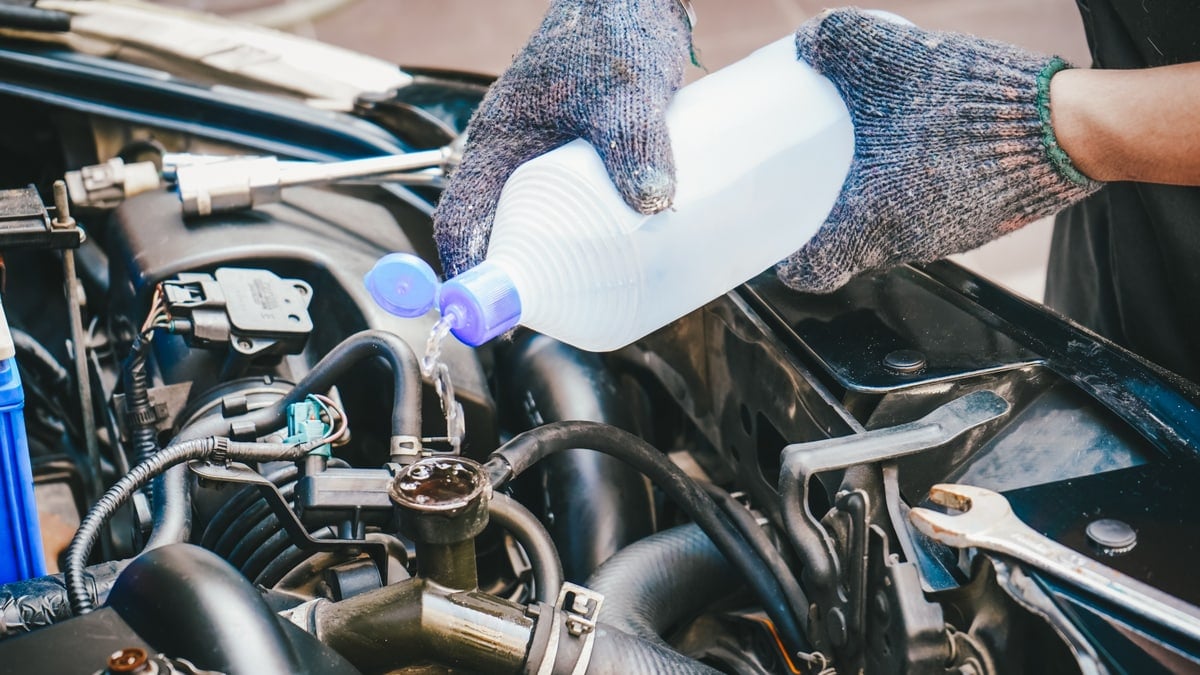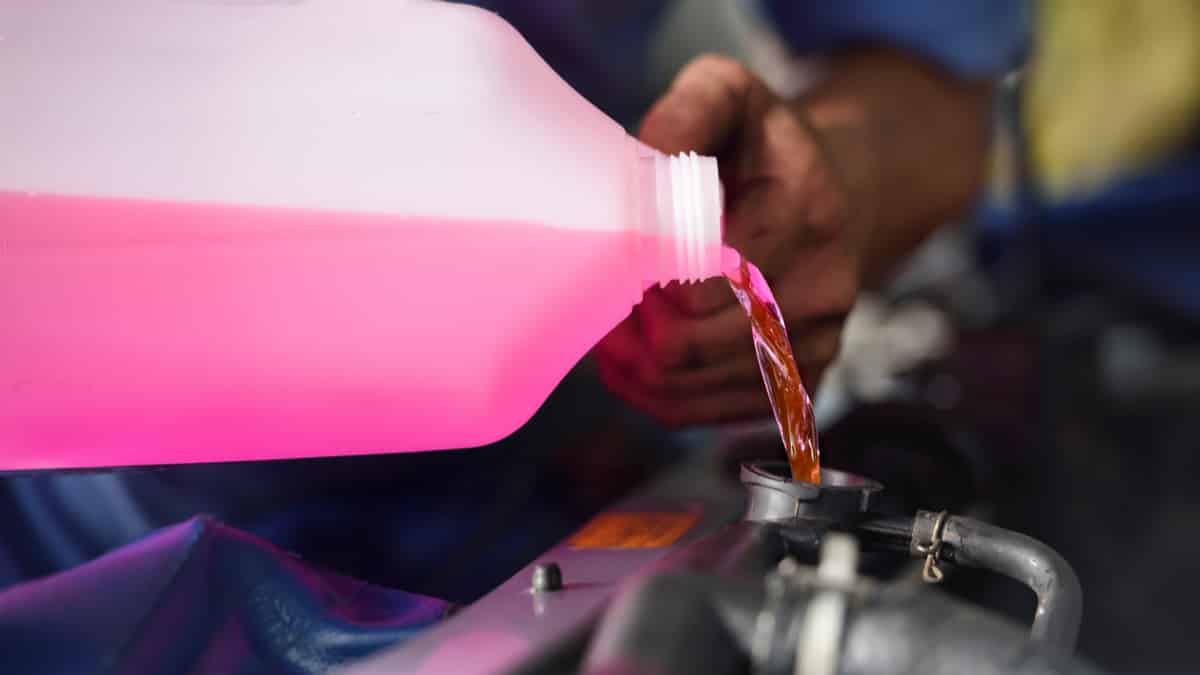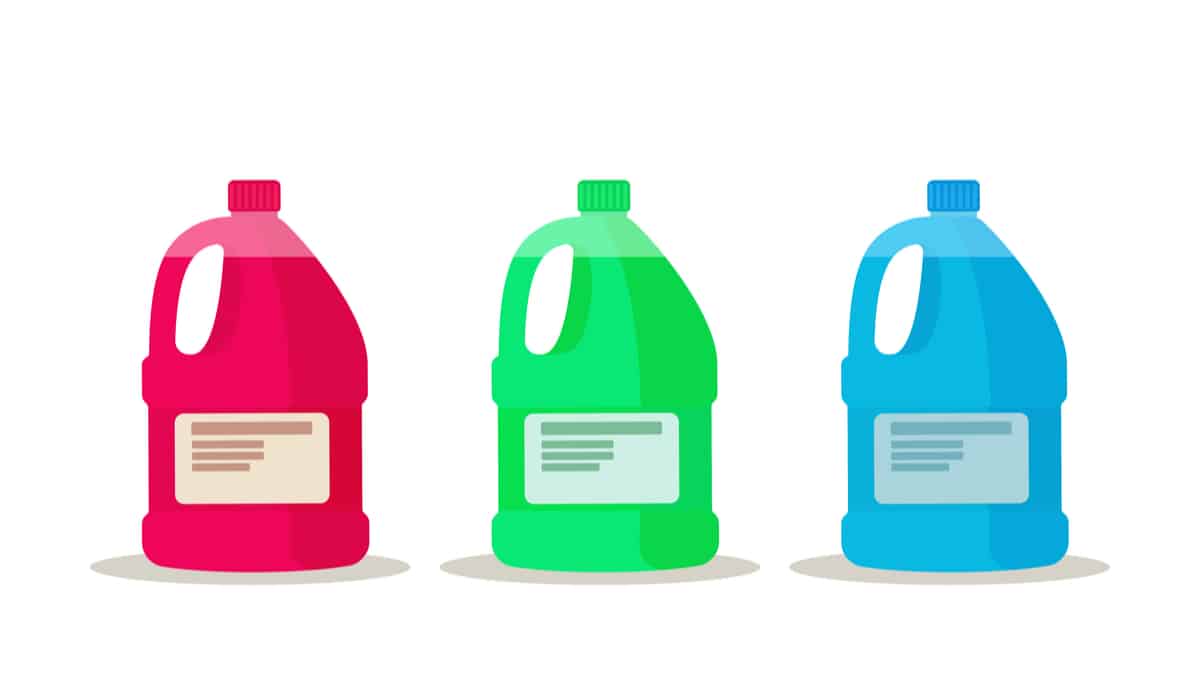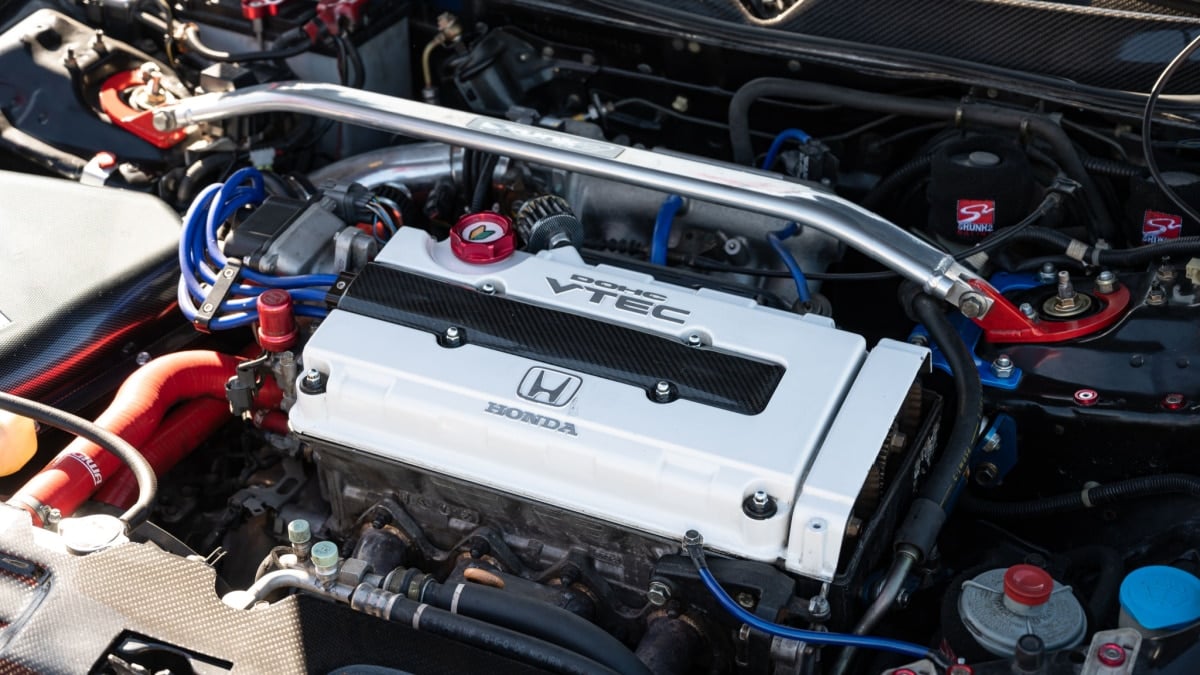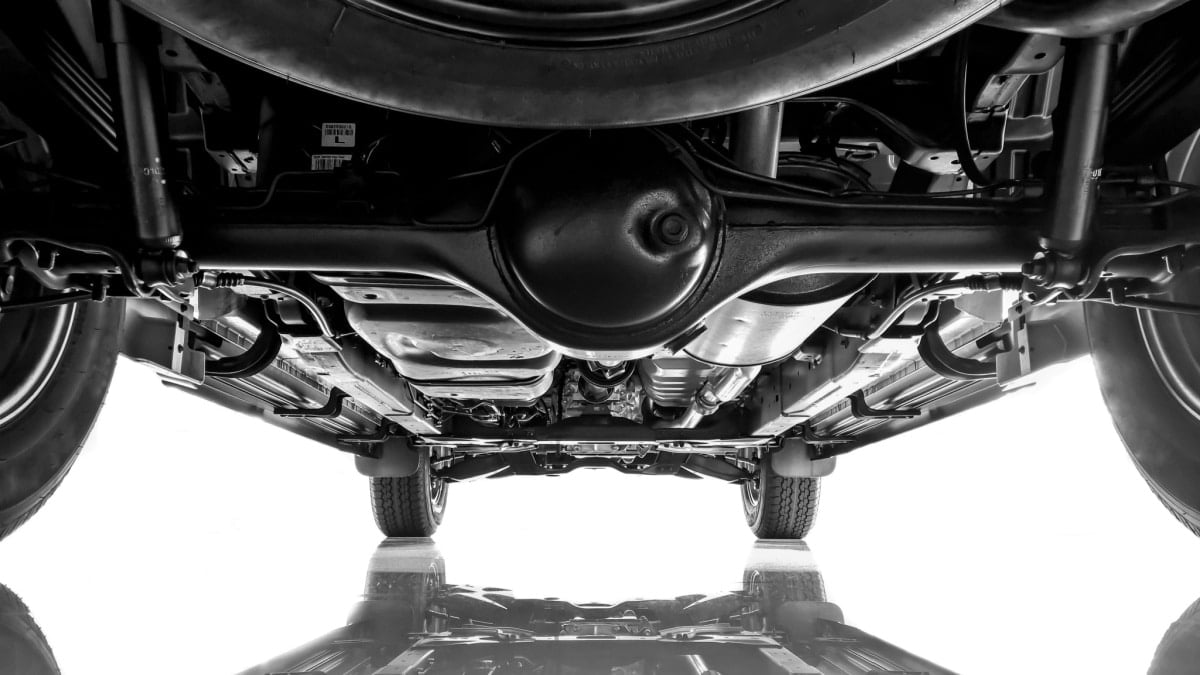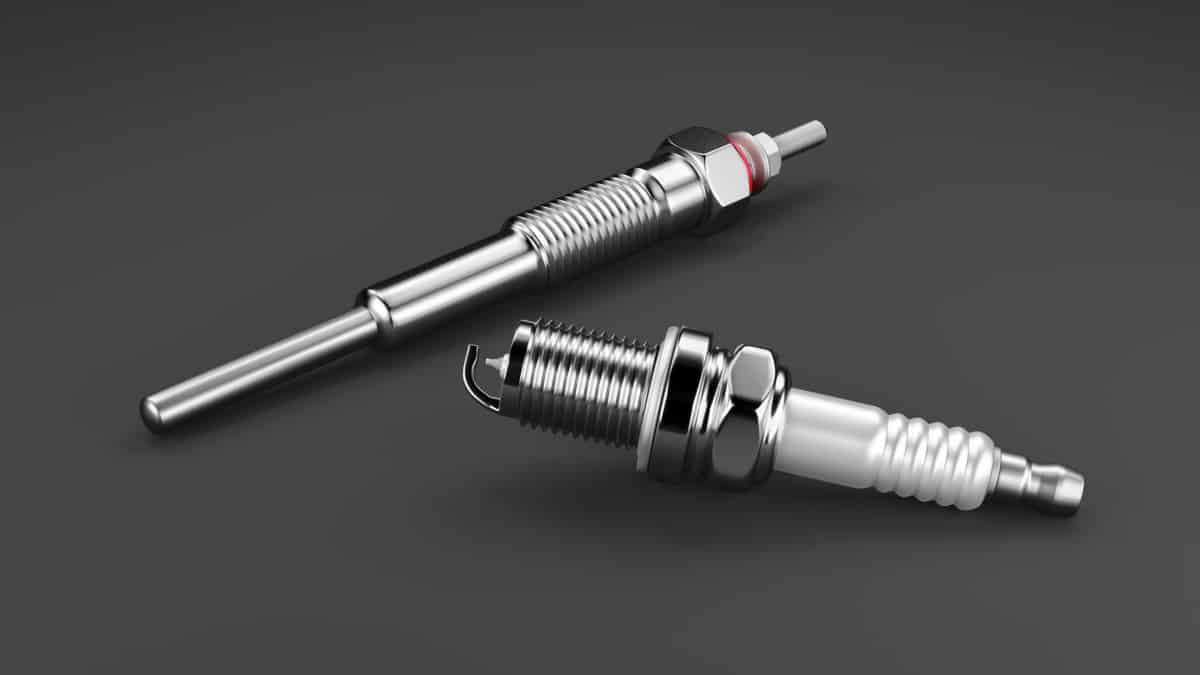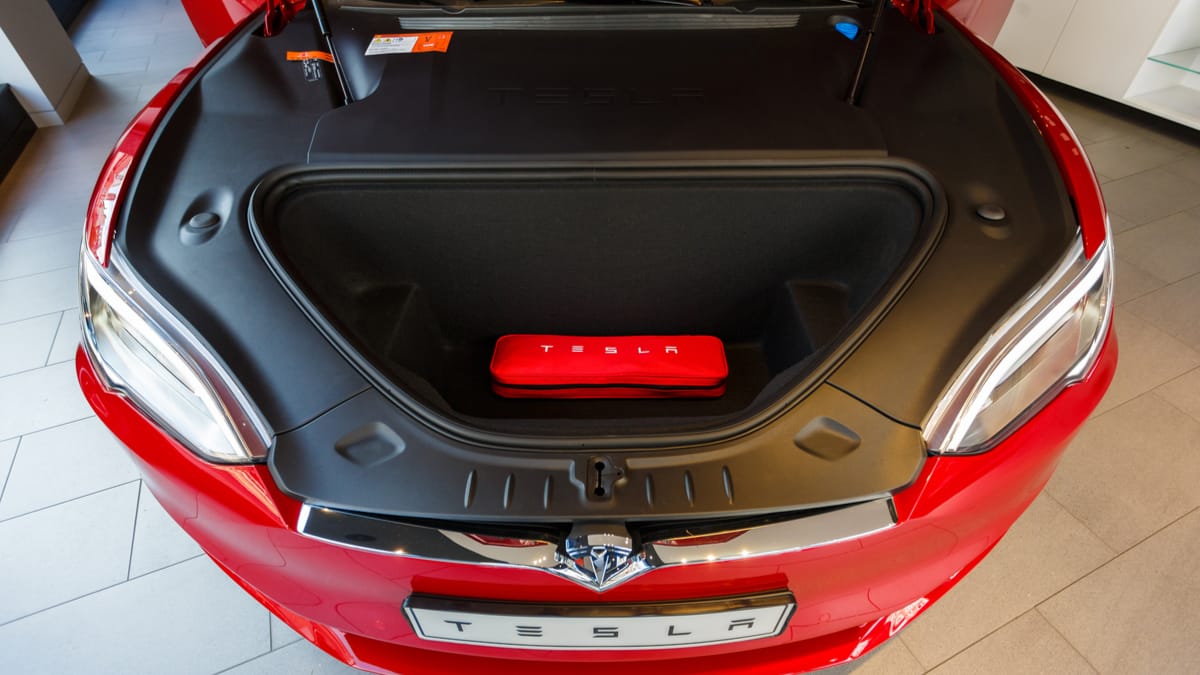Regular car maintenance is vital to keeping the vehicle running as it should. Knowing what type of coolant to use is essential if you want to keep up with the regular maintenance schedule. That’s why it’s important to know the differences between VW G12 coolant and other types.
In this guide, I cover the basics of VW G12 coolant. I also show you if you must use this type or if you can use a different variety. Finally, I explain how to choose the right coolant for your vehicle.
What is VW G12 Coolant?
G12 is a pink or red coolant based on ethylene glycol and carboxylate. It doesn’t contain silicates, and has a service life lasting from four to five years. G12 coolant is used in model years 1996 to 2001. The freezing point of this coolant is -50° C or -58° F with a boiling point of 118° C or 245° F.
The ethylene glycol percentage of G12 coolant is between fifty and sixty percent, allowing it to perform as well as possible. It also contains about five percent distilled water. There are other additives included, such as dye for better visibility.
The downside to G12 coolant is that it doesn’t prevent corrosion. It only starts to fight against corrosion once the process has started. However, it is effective at getting rid of corrosion as it starts to form.
What is Engine Coolant?
Every type of engine coolant is made from a mixture of ethylene glycol or propylene glycol with a unique blend of additives. Engine coolant flows through the cooling system and engine to remove heat from the hot motor. It also ensures that the coolant doesn’t freeze during the winter.
Just like motor oil, engine coolant also provides some lubrication to the internal components. When the consistency isn’t right or there’s not enough fluid, friction can occur.
In general, there are three types of antifreeze formulations: G11, G12 and G13. Each of these has its own properties and is used for a variety of applications.
RELATED: Can You Use Water Instead of Coolant? (Why You Shouldn’t)
G11 vs. G12 vs. G13 Antifreeze
1. G11
G11 coolant is produced from a classic silicate basis with inorganic additives. This is the coolant used on vehicles made before 1996. However, there are some cars with model years up to 2016 that can tolerate the use of G11.
G11 coolant is known for creating protection on the surfaces and slowing down corrosion. This antifreeze is green or blue in color. However, the shelf life of G11 is only up to three years, and the protective properties begin to degrade as it is used. Plus, this coolant doesn’t tolerate higher temperatures above 105 degrees Fahrenheit, making heat transfer lower.
G11 isn’t good in a car with an aluminum radiator or block because of the lack of protection. You also want to avoid using low-end brands, such as Polarnik or Euroline. These brands have shown to mislabel the amount of protection offered.
2. G12
There are various types of G12 coolant, but the majority are colored pink or red. These formulations don’t contain silicates, making them based on ethylene glycol and carboxylate compounds. However, the newer formulation means that the anti-corrosion properties are only selective, working where there is already corrosion occurring.
G12 is usually sold as a concentrate, so you will need to mix and dilute it with the appropriate amount of distilled water. You can find this ratio on the label.
There’s also G12 + antifreeze, but nothing much is different. The color of this coolant is red, but it is supposed to be better for the environment. G12 ++ also exists and its purpose is to be longer lasting. This formulation offers an improved mixture of carboxylated compounds.
RELATED: How to Add Antifreeze To Your Car (7 Steps)
3. G13
This newer form of antifreeze is purple. With a hybrid antifreeze, there’s a similar composition but a different ratio of the organic and silicate compounds. This coolant provides more protection.
You will use G13 on the newer model cars. It’s recommended to change this antifreeze every five years.
READ MORE: What is HOAT Coolant? – Function & Difference vs OAT
Can Antifreeze Be Mixed?
Whether you are told to use VW G12 coolant or another type, the top question always heard is, can I mix two types of antifreeze together? In some cases, this might be possible, but several factors must be considered. To determine what can and cannot be mixed, you must understand the composition and purpose of each antifreeze type.
The most obvious difference between coolants is the color, but that’s just about appearance. What’s most important is how the composition differs. G11 uses ethylene glycol and an inorganic base. It can be mixed with anything that’s compatible with this base.
G13 contains a propylene glycol base. It’s meant to be more environmentally safe, so it doesn’t mix as well with some others. If you can avoid mixing antifreeze, that would be best. It’s always wiser to stick with what should be used in your vehicle. However, here are a few guidelines if you find yourself in need of mixing a small amount of coolant.
- G11 will not mix with G12.
- G11 could be mixed with G12+ or G13 in some situations.
- G12 doesn’t mix with G12 +.
Unless you are 100% positive that mixing the coolant is okay for your vehicle, you should avoid the practice. By veering away from what the manufacturer recommends, you could cause damage to the cooling system and radiator. The worst case scenario is that you damage the engine or water pump. These are both repair bills you don’t want to deal with, especially when we are discussing the price of a bottle of coolant.
RELATED: Can you Mix Different Types of Coolant? (Which Types?)
How to Choose the Best Coolant
Whether you are using VW G12 coolant or something else, it’s always best to stick with the manufacturer’s recommendations. You can find these in the owner’s manual or speak with your local dealership service department. There’s also a chance that the coolant type is listed on the reservoir tank, where you will fill up the antifreeze.
On top of purchasing the right type, you can choose from fully concentrated coolant or pre-mixed. Unless you are in an extreme hurry, you get the best deal from buying the concentrated coolant. You get more product for the money and you only need to mix it with the appropriate amount of distilled water. Plus, mixing the coolant yourself allows you to make the solution best for your car and region. If you are in a cold climate, you might need a more concentrated formula, while those in hot climates will need less.
As you choose between brands, choose something that gets good reviews. You might pay a little more to get a better brand, but the protection of your car’s engine and cooling system is worth the additional cost.
Additionally, when you choose coolant, make sure you take a look at the shelf life. If you plan to store the coolant, it’s necessary to store it properly to keep it in good condition. Rotate coolant in your shed when you use it, so the older product is being used before that which is newer. If you are ever in doubt about what coolant you should be using, seek the help of a professional.
RELATED: 10 Best Engine Antifreeze & Coolants of 2022 – Review
Tags: Volkswagen
Categories: Coolant, Maintenance

